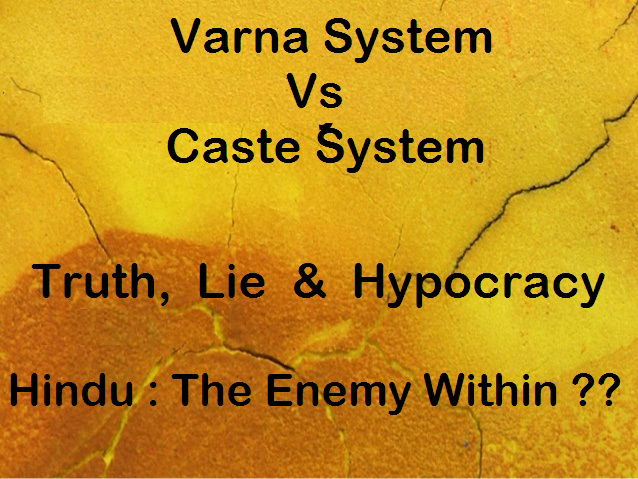Casteism(Jati system) in European and Islamic societies


Before we delve in to the topic: what is casteism or Jati system?
For details refer here.
In simple terms, in a Jati Or Caste system, the profession becomes “strictly” hereditary i.e. no person is allowed to adopt another person’s profession. Caste system in modern economics is called “Cartelization” where in incumbent businesses join hands and disallow any one else to do business, fix prices and thereby disallow competition. And the privileges are limited to the families of the incumbents.
Is casteism native to India? Weren’t there Jatis in Europe or Middle-East?
Answer is NO. Casteism was there everywhere in a feudal society. Few examples.
In a way, during medieval ages professions were strictly hereditary in Europe. Do you know, the House or lords was (and even today) is hereditary. A common British citizen cannot become a member of House of Lords.
Note how there is an explicit hierarchy of titles (which get passed down by primogeniture). Archduke, Duke, Marquis, Count, Earl , Viscount, Baron , Lord, to name a few.
In Japan, the Samurai titles were hereditary.
Among the Muslims the Seikhs, Syeds, Mughals and Pathan were strictly hereditary.
European society had a hierarchy where church was at the top, then kings, nobles, knights, peasants, serfs and slaves. The peasants, serfs and slaves weren’t even permitted to hunt wild animals for food or anything since the animals were considered properties of royals which was entirely birth based only.
In European societies the cobblers, butcherers and scavengers lived on the outskirts of the society, they were not freely allowed inside the main villages.
Lets come to inter-marriages.
Yes, intermarriages across castes is looked down upon in Indian society. Same was the case in Europe. All the royal families in Europe are in-bred i.e. they marry a boy or girl within the extended family. If a boy or girl dared to marry a commoner, then He or She lose his/her rights to throne.
Casteism and hereditary privileges was a part and parcel of every feudalistic society in the world. Why?
A feudal society is primarily agrarian and muscle power was used for production. In such a society little innovation is needed. The technologies, life of people and products don’t change much over time. Due to which the skill required for producing goods don’t need change. Hence in such a society the wealth, businesses, titles and privileges were passed from parents to children.
But after the advent of technology, the society did not remain static anymore. The professions undergo changes. Skill acquired becomes irrelevant after some time. Skill acquired by a mother may become irrelevant during her daughter’s generation. Old technologies get replaced by new ones. Old products are replaced by new ones.
The advent of science and technology destroyed many old professions and created new ones. Hence it was technology which destroyed the hereditary caste system.
Summarizing,
Linking Casteism to Hindus is a nefarious and foul plot against Hinduism. In the medieval ages casteism was present everywhere in the world.
Hindus should therefore remain vigilant against such plots.
DISCLAIMER: The author is solely responsible for the views expressed in this article. The author carries the responsibility for citing and/or licensing of images utilized within the text.
